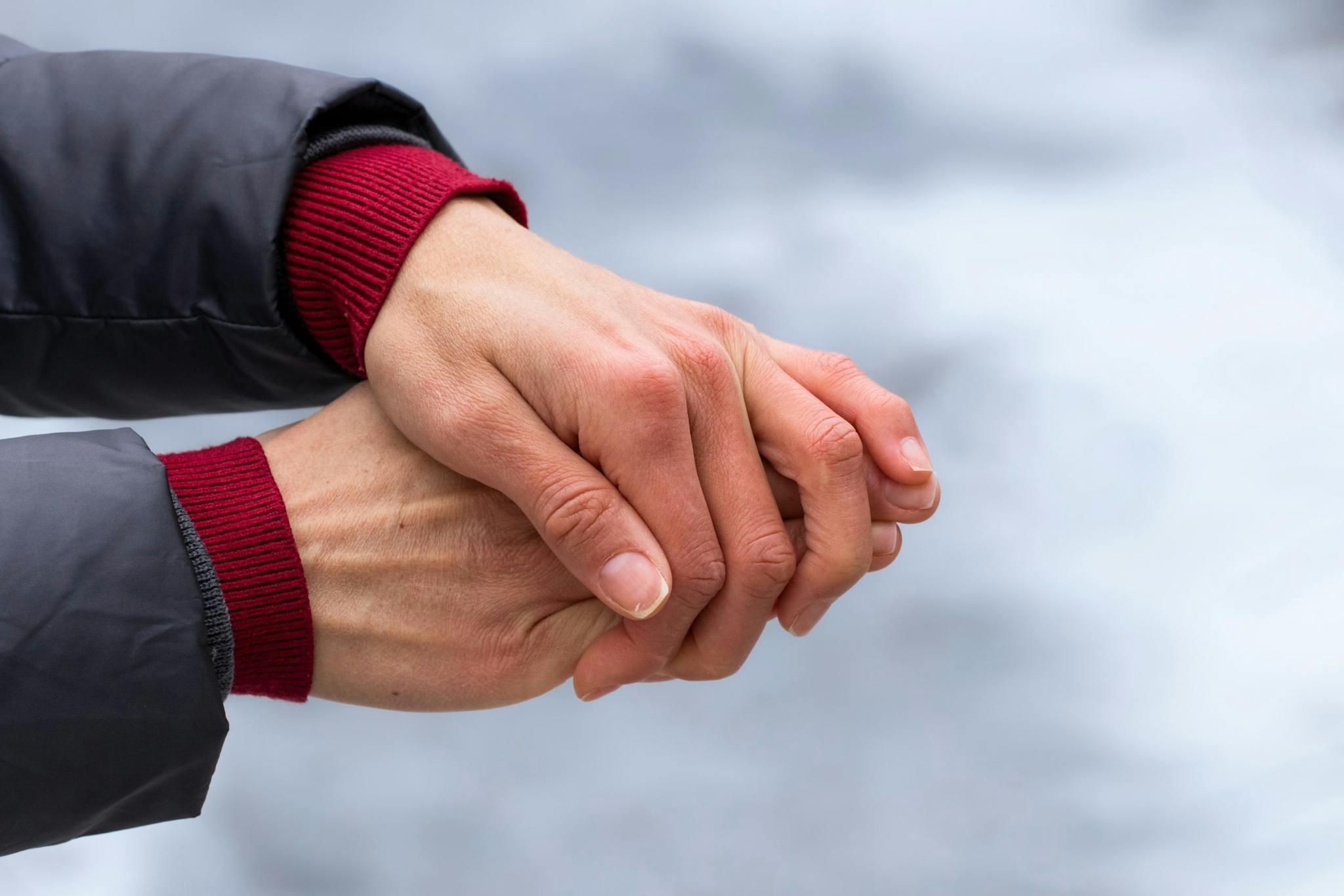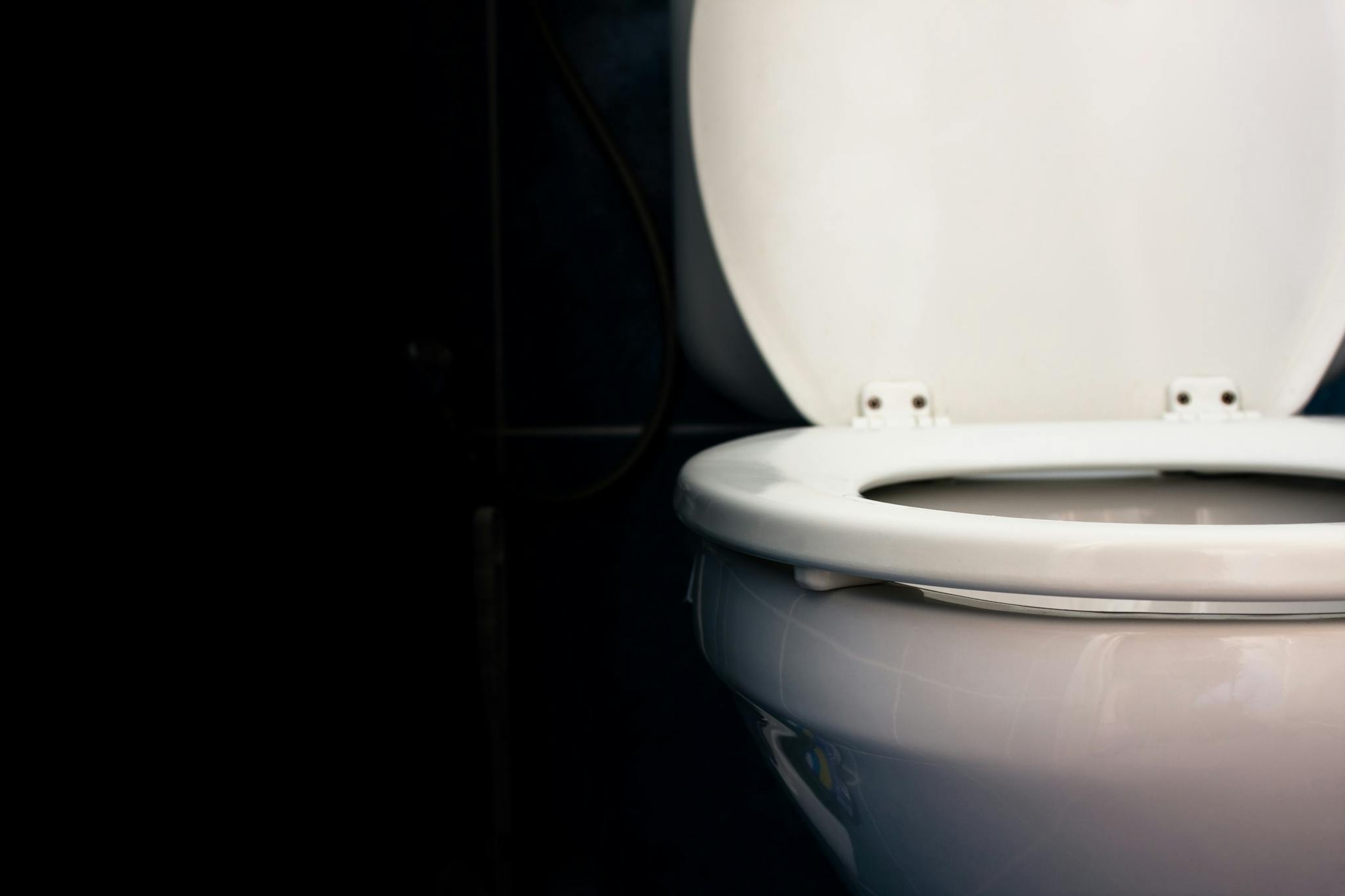
April 22, 2024
What Deficiency Causes Cold Hands and Feet?
- Family Medicine
- Internal Medicine
March 10, 2017 | Gastroenterology

Hemorrhoids are enlarged veins in the anus and lower parts of the rectum. They are fairly common and affect nearly 75 percent of adults at some point in their lives. Although hemorrhoids are an uncomfortable and occasionally painful condition, they are usually not serious and can be prevented with the right lifestyle choices. Here’s a look at the different types of hemorrhoids, how they’re caused, and how you can treat and prevent them.
There are two types of hemorrhoids: internal and external.
Prolapse occurs when a hemorrhoid grows large enough to bulge outside the anus. Most prolapsed hemorrhoids return to normal on their own but sometimes require medical treatment. They can usually be gently pushed back inside the rectum.
Increased pressure in the rectal area can impact blood flow and cause swelling in the veins of the rectum and anus. There are several factors that can increase this pressure and can lead to the formation of hemorrhoids:
Symptoms may vary depending on whether the hemorrhoids are internal or external, but in general, common symptoms include:
In most cases, hemorrhoids are minor and do not require treatment. Rarely, medical problems such as anemia (low blood counts due to bleeding) can result from hemorrhoid-related complications.
In most cases, hemorrhoids resolve without specialized medical care. Treatment and prevention typically focus on the same measures as below:
If you’re experiencing pain, discomfort or bleeding during bowel movements, or if you are worried you may be developing hemorrhoid-related problems, speak to your doctor about your treatment options.
I grew up in Utah County and graduated from Brigham Young University. I received my medical degree from the University of Virginia, and I finished my residency in internal medicine at the University of Utah where I also served as chief medical resident. As a doctor, I recognize the tremendous trust my patients place in me, and I do my best to help them understand not only their medical issues but also the plan—the how and why—behind helping them feel better. I love the challenge posed by all gastrointestinal disorders but especially enjoy the challenges and intricacies of Crohn’s disease and Ulcerative Colitis.
“What Are Hemorrhoids?” WebMD. http://www.webmd.com/digestive-disorders/understanding-hemorrhoids-basics#1
“Hemorrhoids.” The Mayo Clinic. http://www.mayoclinic.org/diseases-conditions/hemorrhoids/home/ovc-20249172
WRITTEN BY:
The Live Better Team


April 22, 2024

April 9, 2024

March 22, 2024

February 12, 2024
This information is not intended to replace the advice of a medical professional. You should always consult your doctor before making decisions about your health.